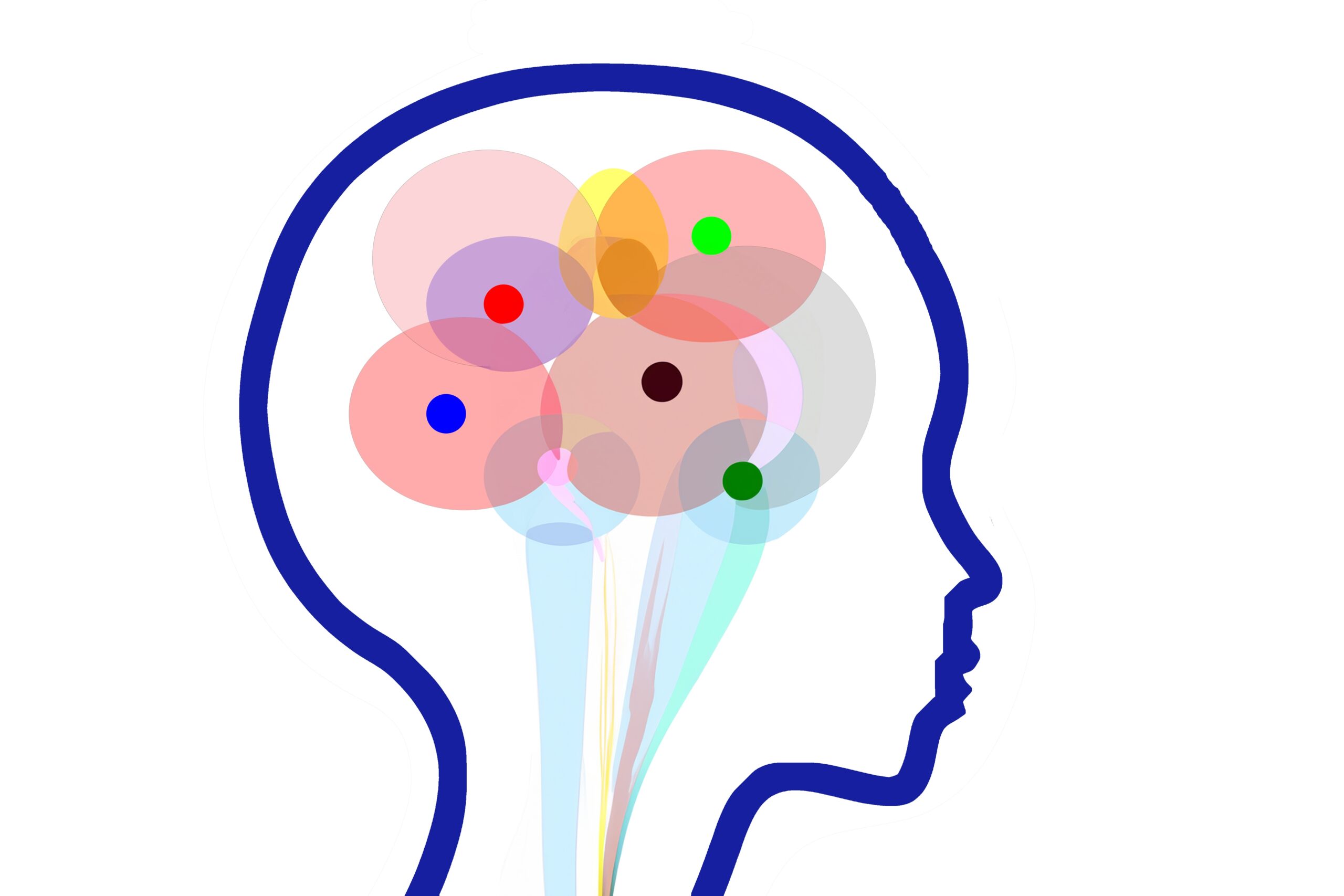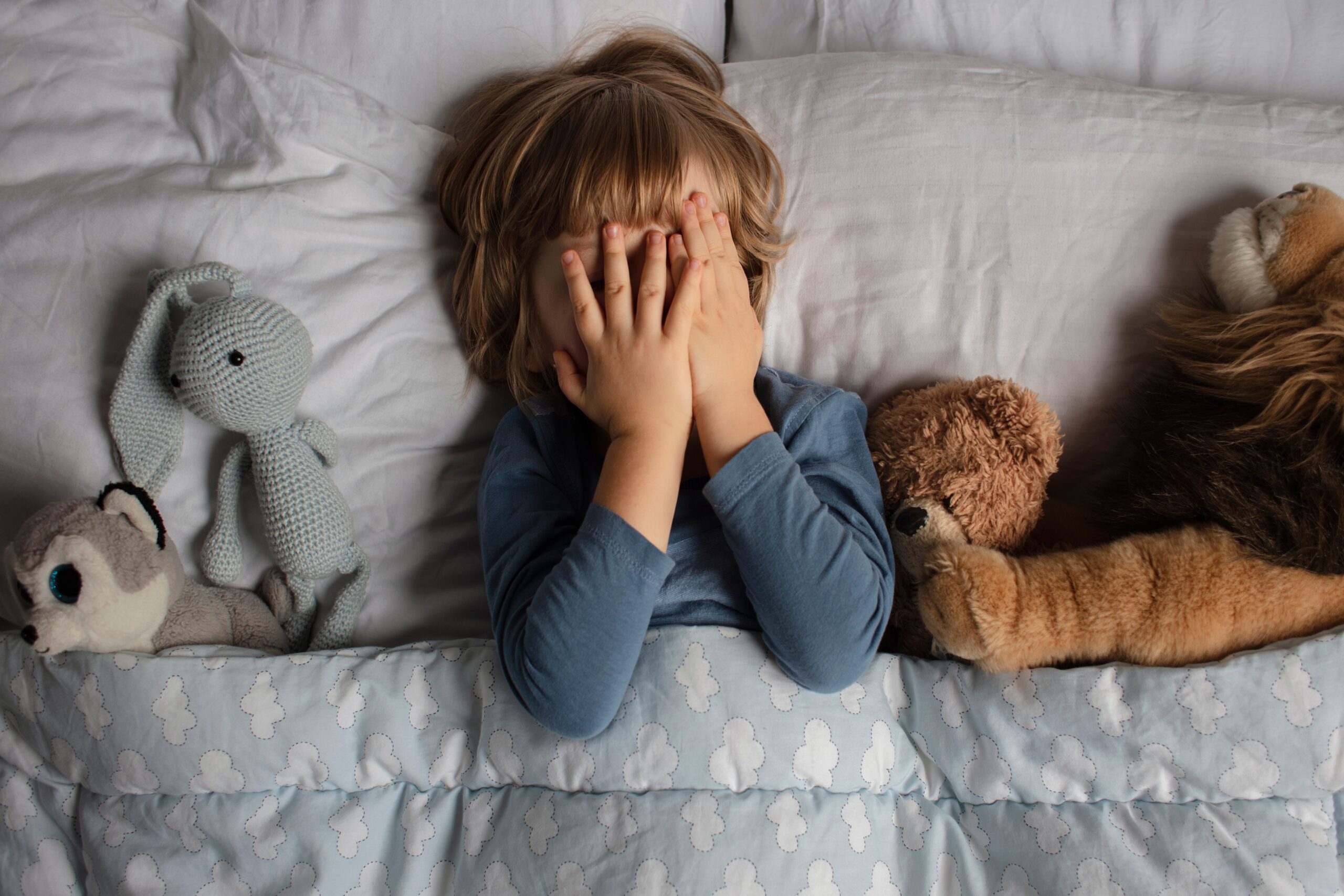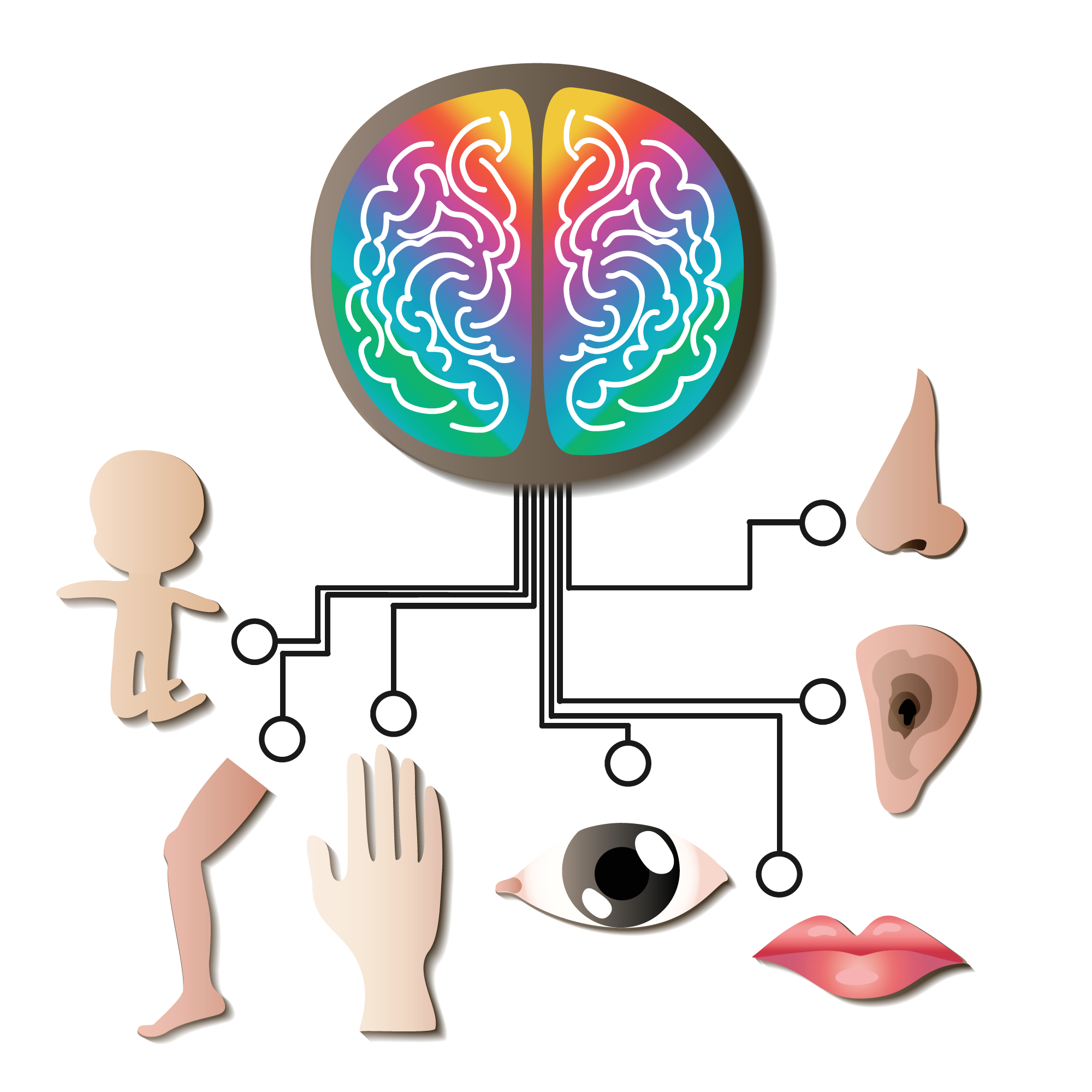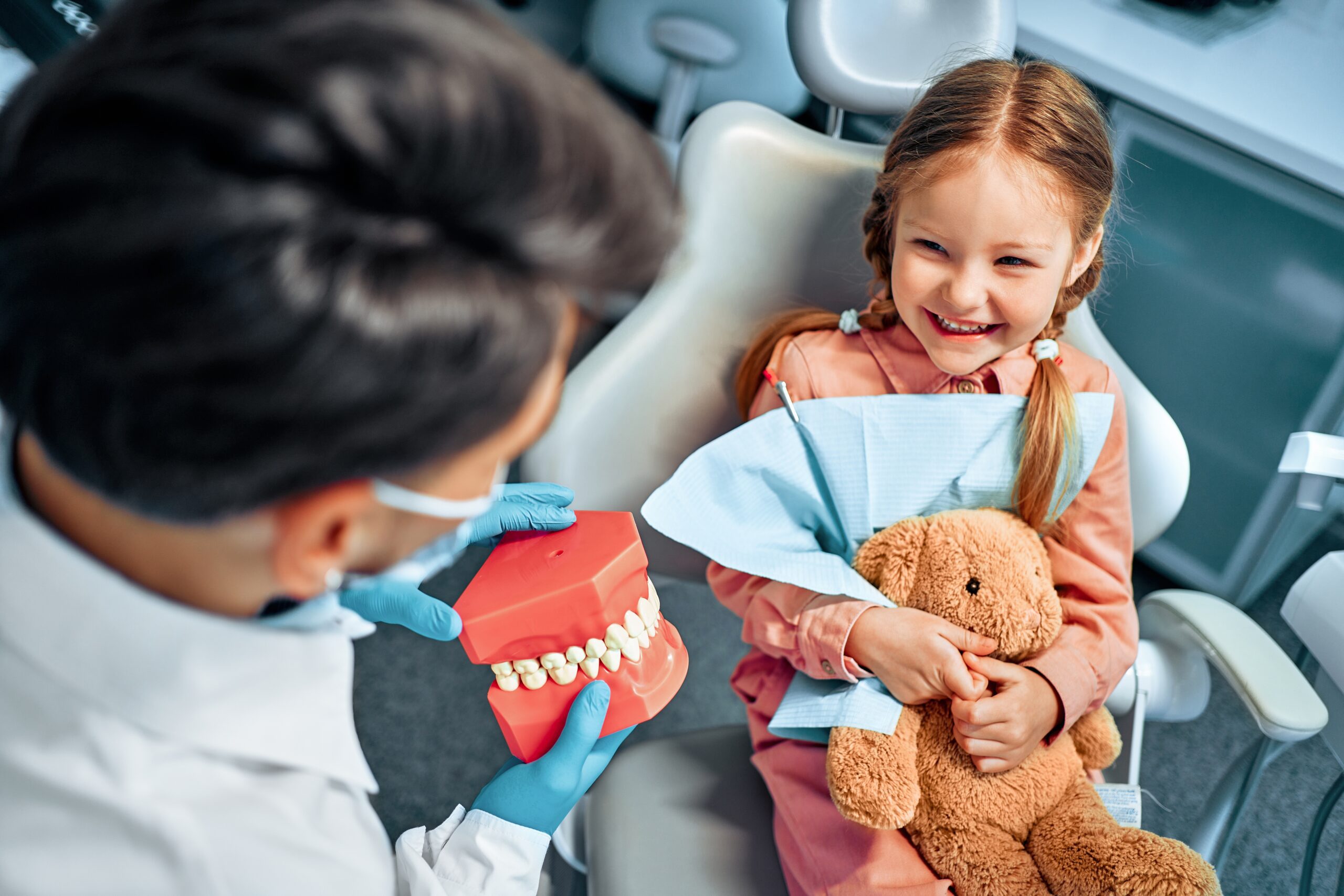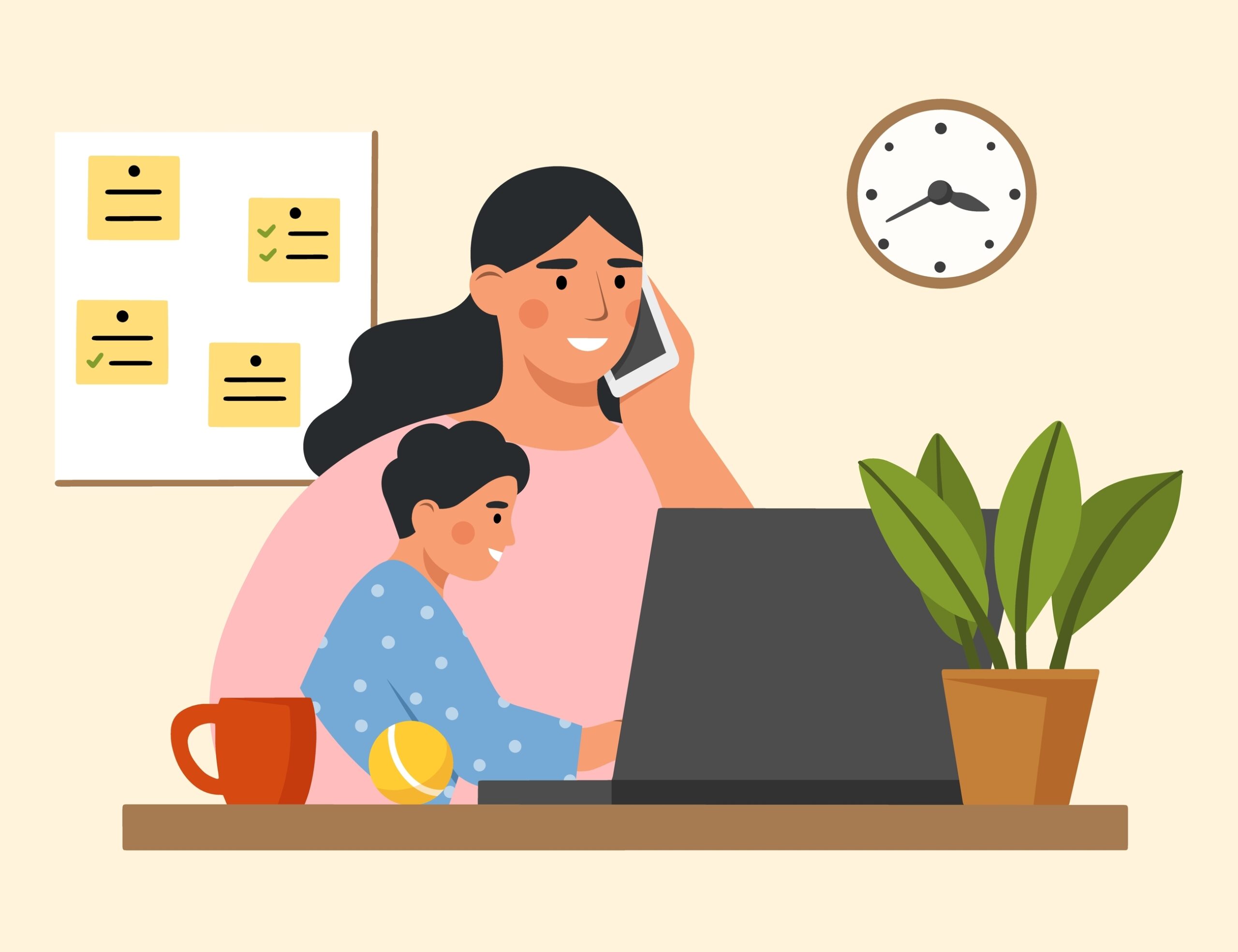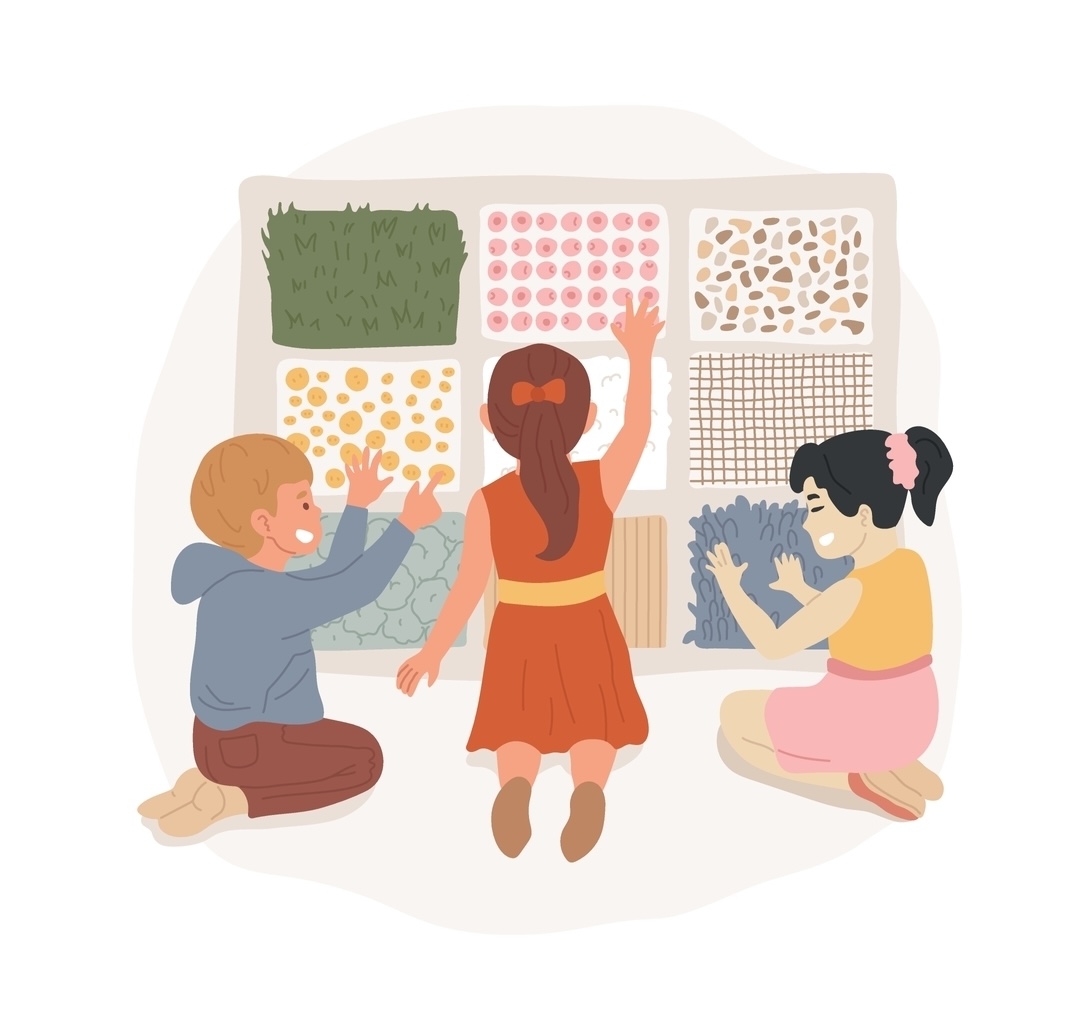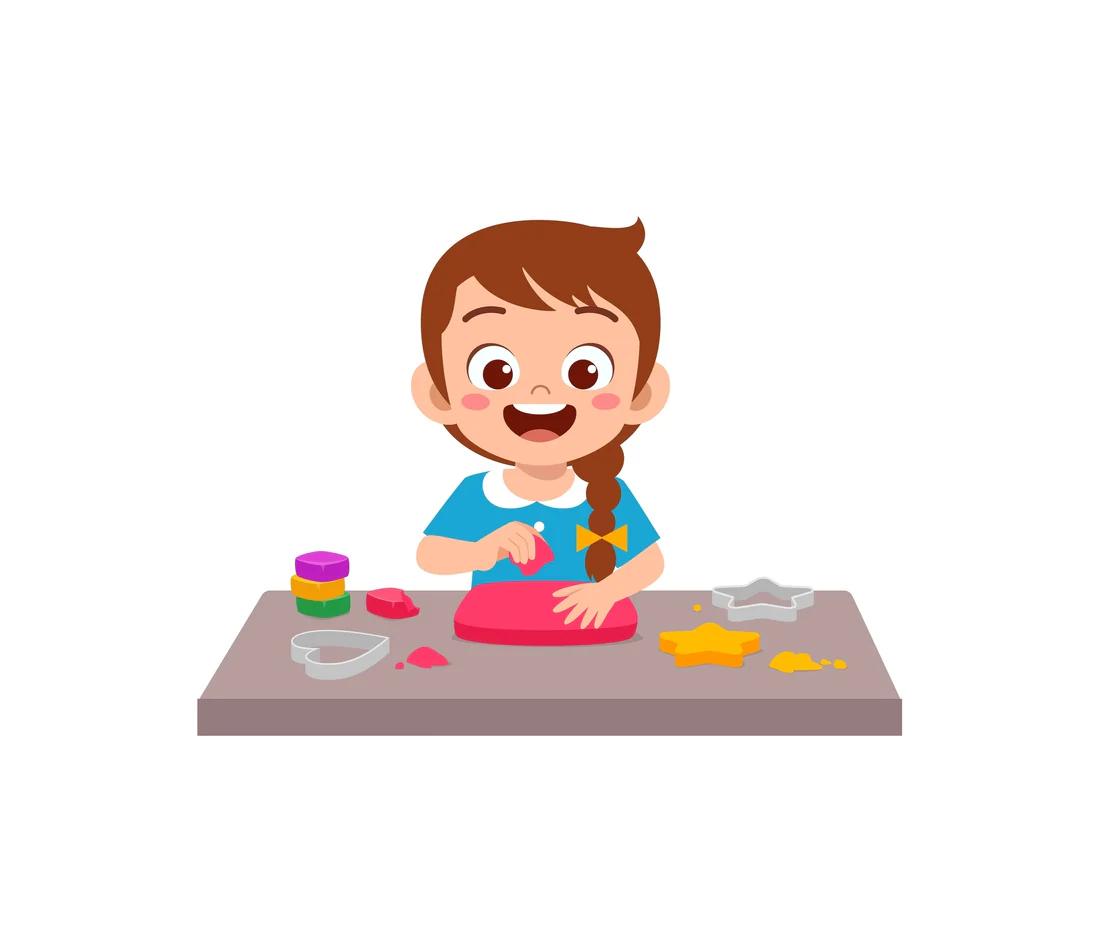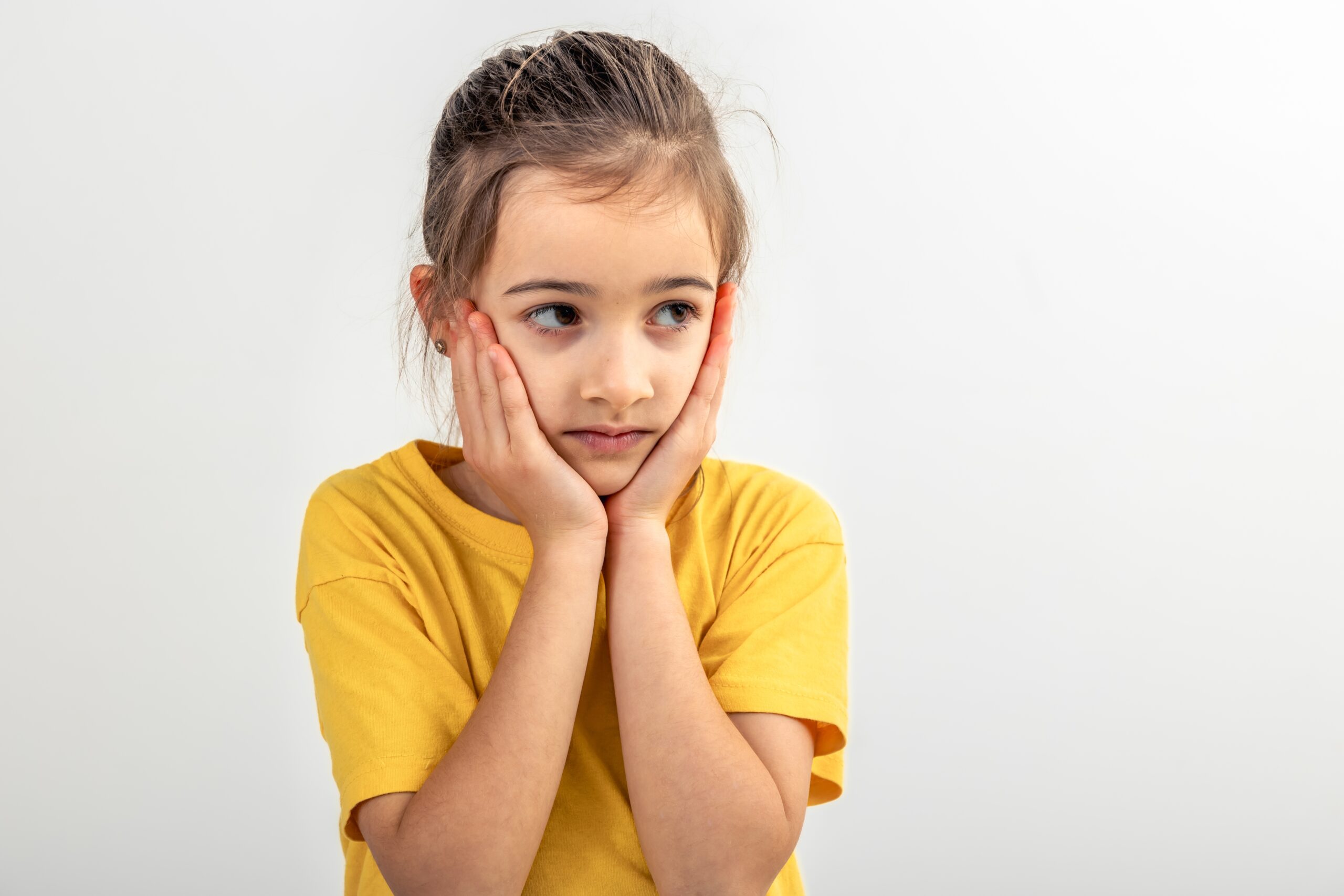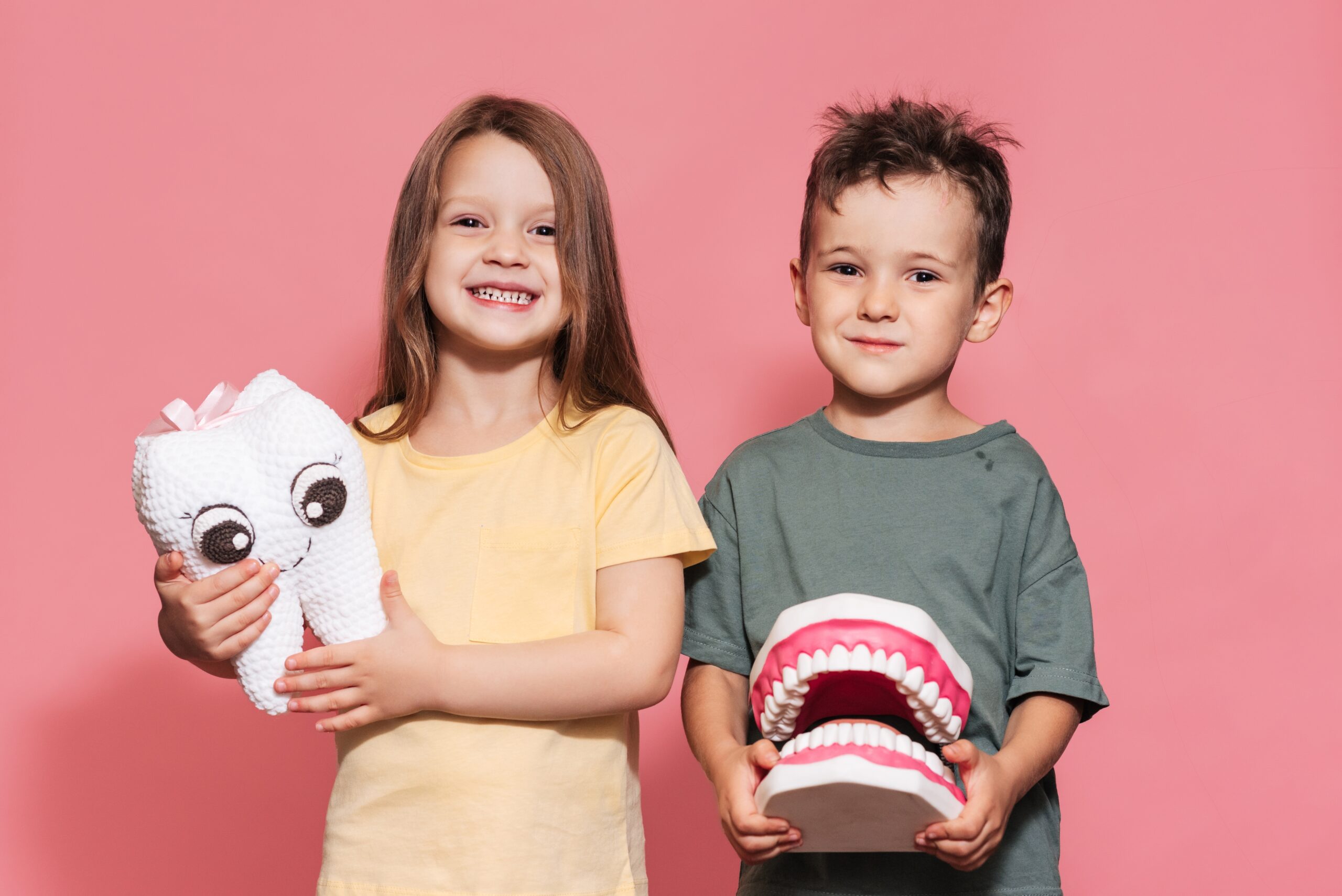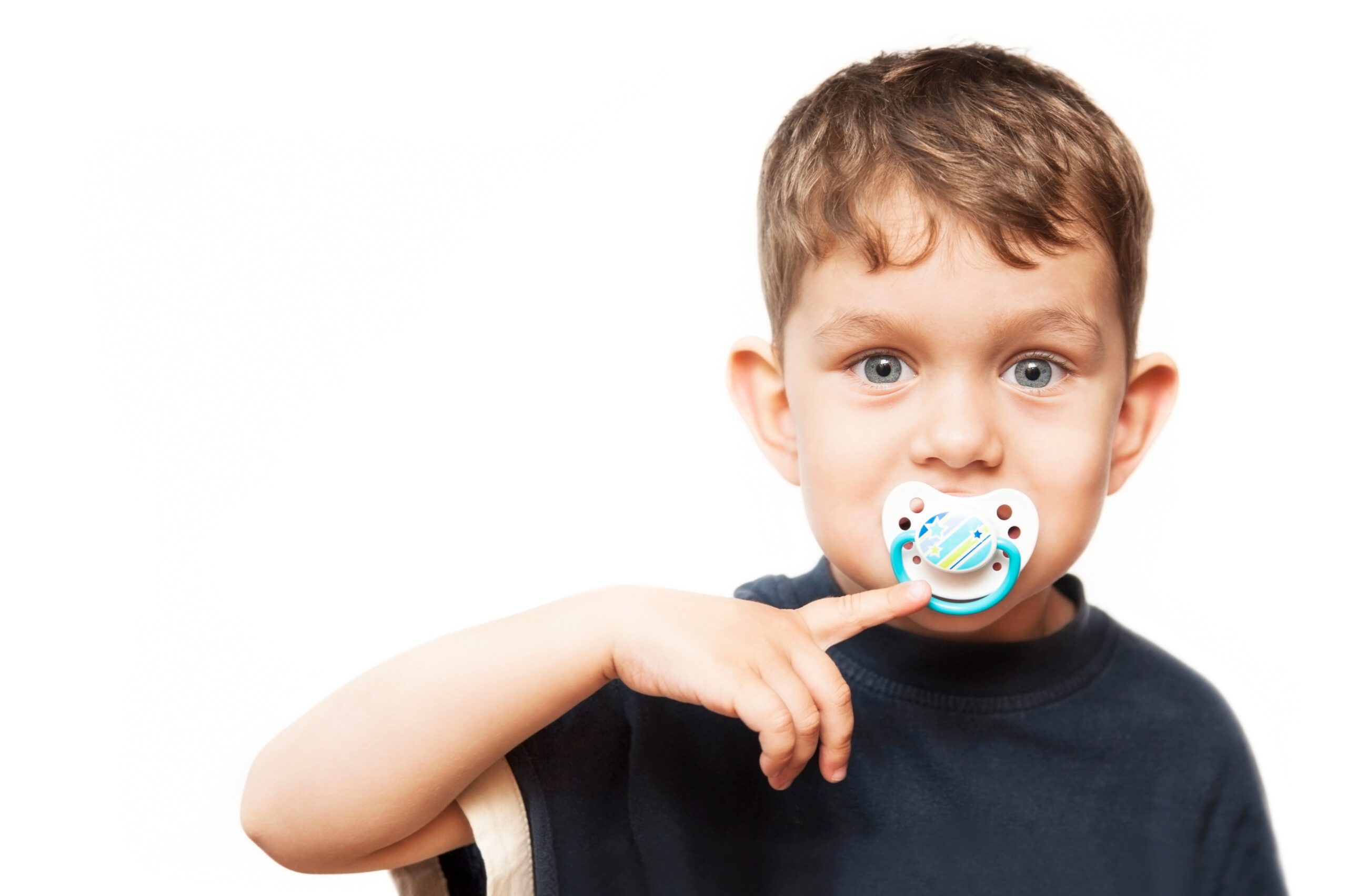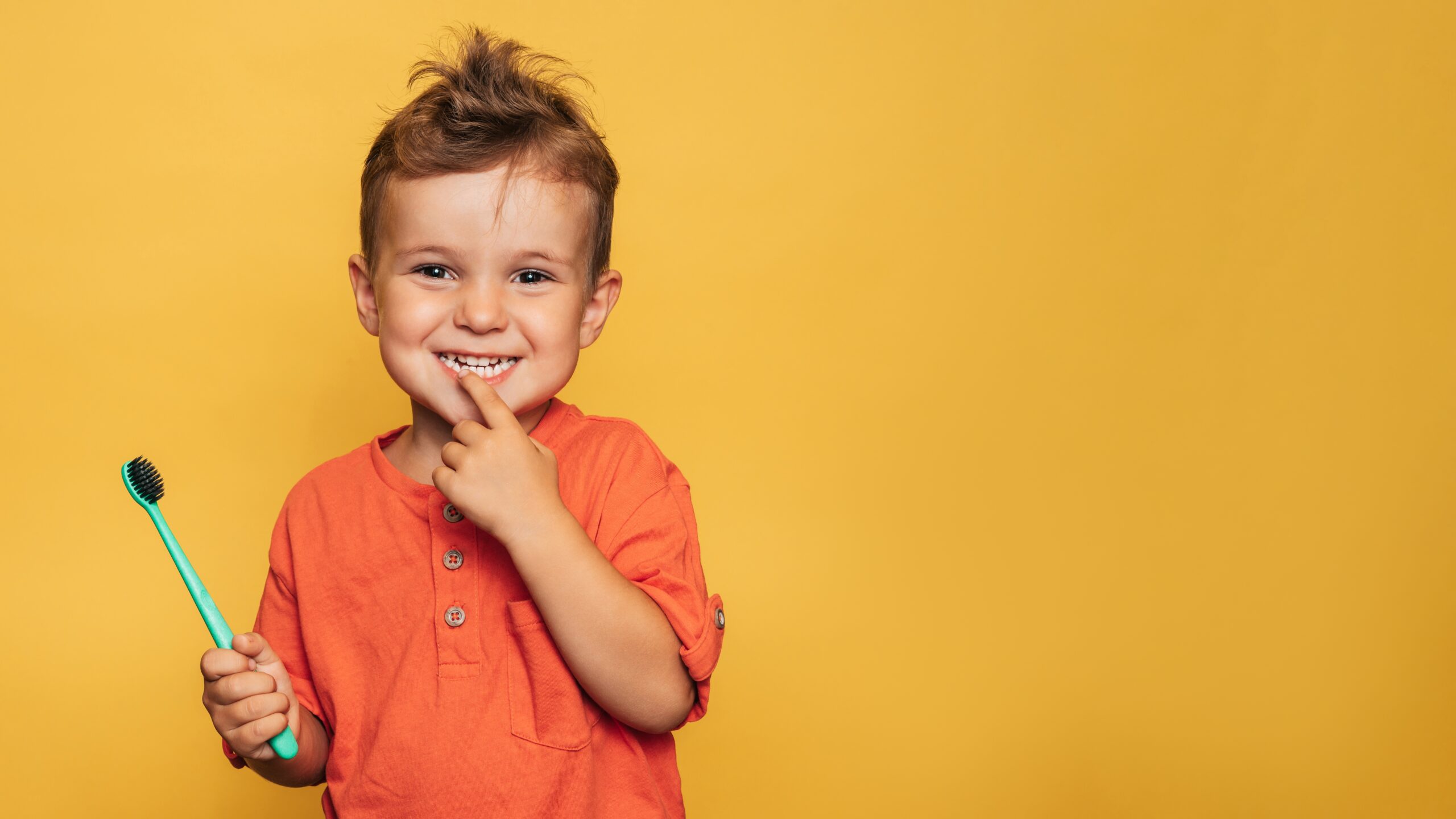
Blog
Managing Anxiety in Children: A Comprehensive Guide for Parents and Caregivers
Author: DrSensory
March 2, 2025
Managing Anxiety in Children: A Comprehensive Guide for Parents and Caregivers
Anxiety is a natural emotion, but when it begins to interfere with a child’s everyday activities, it becomes a cause for concern. Whether it’s caused by separation anxiety, fear of social situations, or academic pressure, childhood anxiety is a real and pressing issue for many families. However, as a parent or caregiver, there are steps you can take to help your child manage anxiety and thrive.
This guide will walk you through identifying the symptoms and triggers of anxiety in children, strategies to manage it effectively, and when to seek professional help.
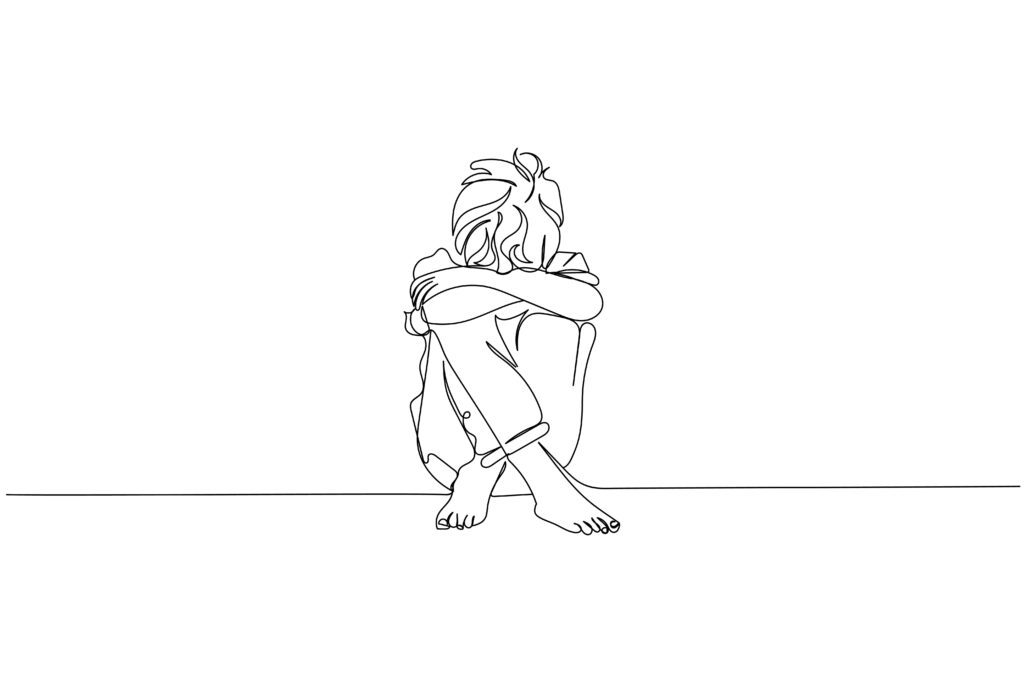
Recognizing the Symptoms and Triggers of Anxiety in Children
Understanding what anxiety looks like in children is the first step in helping them. Unlike adults, children might not always be able to articulate their worries, so it’s important to recognize symptoms that could signal anxiety:
Common Symptoms:
- Physical Symptoms – Stomachaches, headaches, sweaty palms, rapid heartbeat, or trembling.
- Behavioral Symptoms – Avoiding certain activities, becoming clingy, or experiencing tantrums.
- Emotional Symptoms – Frequent irritability, emotional outbursts, or excessive worry.
Common Triggers:
- Separation Anxiety – Worries about being away from parents or caregivers, often resulting in excessive crying or reluctance to attend school.
- Social Situations – Fear of public speaking, making friends, or being judged, which can lead to avoidance of group activities.
- Academic Pressure – Concerns about grades, tests, or meeting expectations, which can result in feelings of inadequacy and stress.
By identifying these signs and understanding what might be causing them, you can better address your child’s individual needs.
Coping Strategies for Managing Anxiety in Children
Helping a child manage anxiety requires patience, empathy, and consistency. There’s no one-size-fits-all solution, but the following strategies are proven to help children develop healthier relationships with their emotions:
1. Create a Calm Environment
Children thrive in stable and predictable environments. Establish routines that provide structure, such as consistent meal times and bedtime schedules. Also, minimize exposure to unnecessary stressors at home, like loud arguments or unpredictable changes.
2. Teach Relaxation Techniques
Relaxation exercises can be extremely effective in reducing anxiety:
- Deep Breathing – Teach your child to take deep breaths in through the nose and out through the mouth to calm their nervous system.
- Progressive Muscle Relaxation – Guide them to tense and then relax different muscle groups to release physical tension.
- Mindfulness Practices – Practice meditation or guided imagery to help your child stay in the present moment.
3. Encourage Open Communication
Provide a nurturing environment where your child feels safe to express their worries. Use empathetic listening, ask open-ended questions, and avoid dismissing their feelings with phrases like, “It’s nothing to worry about.”
4. Promote Healthy Lifestyle Habits
- Physical Activity – Encourage fun activities like playing soccer, riding a bike, or dancing to release pent-up energy and improve mood.
- Balanced Diet – Limit caffeine and sugary snacks, as these can elevate anxiety levels.
- Sleep Hygiene – Ensure your child gets enough sleep, as sleep deprivation can worsen anxiety symptoms.
5. Model Healthy Coping
Show your child that anxiety can be managed effectively. Demonstrate positive coping behaviors like taking breaks, using humor to diffuse stress, or practicing self-care. Children often learn by watching those around them.
6. Gradual Exposure to Triggers
Avoiding anxiety-provoking situations can reinforce fear. Instead, gently expose your child to these situations in small, manageable steps. For example, if they’re afraid of public speaking, start by practicing speeches at home before moving to a larger audience.
7. Use Positive Reinforcement
Celebrate your child’s brave efforts to face their fears. Offer genuine praise or small rewards when they try something that makes them anxious, such as attending a new social event.
8. Encourage Creative Outlets
Artistic activities like drawing, painting, or journaling provide children with safe avenues to express emotions they cannot verbalize. Creative expression can act as a release valve, reducing overall tension and anxiety.
9. Incorporate Family Support
You’re not alone! Include the whole family in creating a supportive environment where positive coping behaviors are modeled and reinforced. For example, set aside time for family walks or group mindfulness sessions to bond while managing stress together.

When to Seek Professional Help
While the strategies above are invaluable, there may be times when a child’s anxiety becomes overwhelming and requires professional intervention. Seeking help is a sign of strength, and early intervention can prevent anxiety from becoming chronic or debilitating.
Benefits of Therapy for Children with Anxiety:
- Coping Skills – Therapists teach children evidence-based techniques to manage and reduce their anxiety.
- Safe Space – Therapy provides a supportive environment where children can freely discuss their feelings.
- Tailored Guidance – Professional counselors can create personalized treatment plans tailored to your child.
Types of Therapy:
- Cognitive-Behavioral Therapy (CBT) – This widely-used therapy teaches children how to identify and change negative thought patterns contributing to their anxiety.
- Play Therapy – Designed for younger children, it uses play-based activities to help them process emotions in a way that feels natural and engaging.
Overcoming Barriers:
We understand that barriers like stigma and financial concerns can make seeking help daunting. However, there are many affordable options for therapy, including online counseling services and community mental health programs. Discuss referrals with your pediatrician to find the best fit for your child’s needs.

Supporting Your Child’s Path Forward
Managing anxiety in children is a multifaceted process that involves understanding their unique experiences, providing coping tools, and seeking professional guidance when needed. With your help, children can learn to face their fears and develop emotional resilience.
Above all, remember that you don’t have to do this alone. Lean on community resources, educators, and mental health professionals to build a network of support.
If you’d like to explore more strategies or find specialized help, many online directories provide comprehensive lists of therapists and mental health services. Taking proactive steps now will help ensure your child is equipped to lead a happy and confident life.
related blogs
Your child is constantly moving, crashing into furniture, or having meltdowns in response to seemingly minor things like a loud
Your toddler refuses to wear certain clothes, has huge meltdowns in noisy places, or is an extremely picky eater, limited
Your child seems to miss verbal instructions, struggles to follow conversations in noisy environments, and often asks "what?" even when
On the surface, autism and Ehlers-Danlos syndrome (EDS) might seem like two entirely unrelated conditions. One is a neurodevelopmental condition
The intense head pain begins, lights feel blindingly bright, and every sound seems amplified to an unbearable level. You retreat




